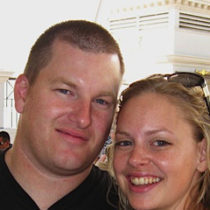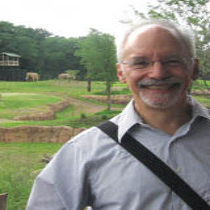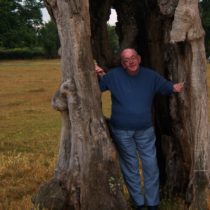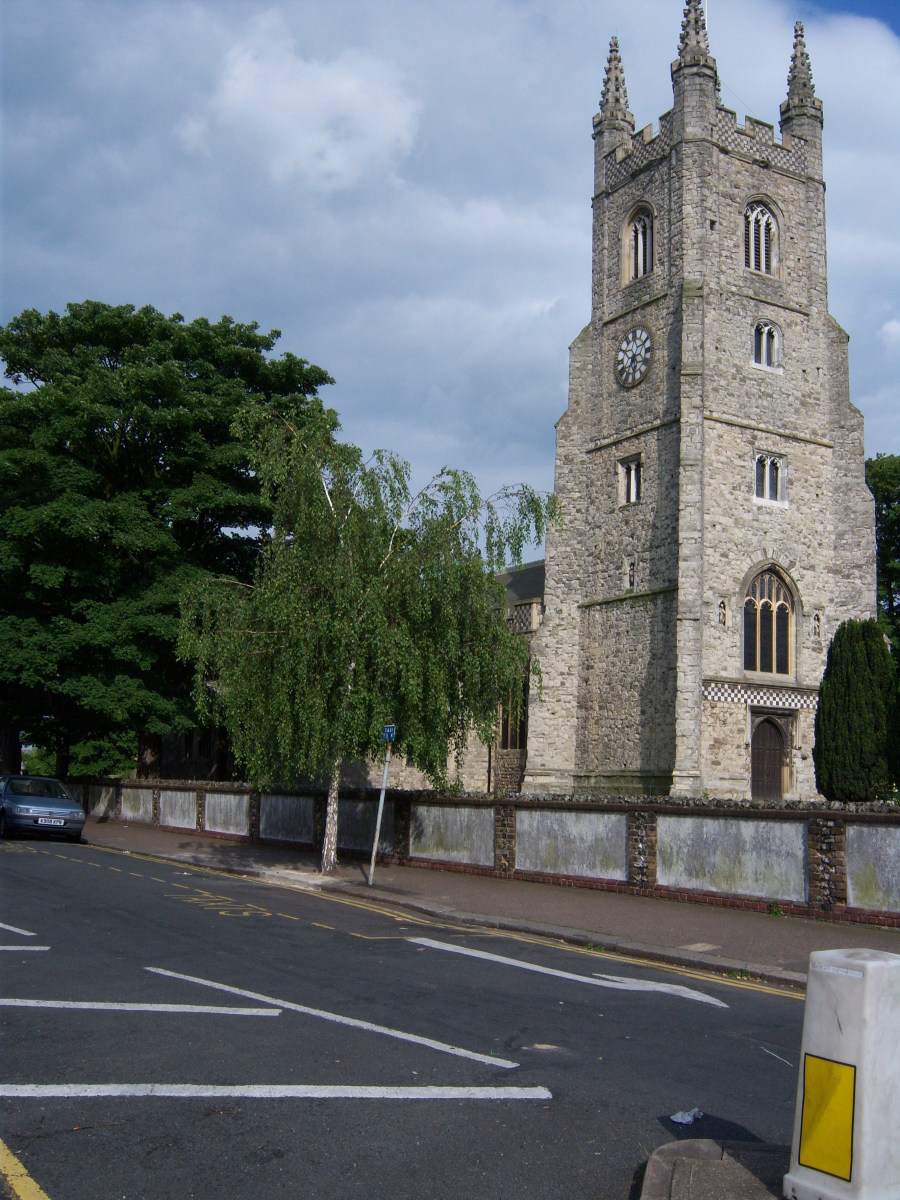Landscape Architecture for Landscape Architects › Forums › GENERAL DISCUSSION › Tree canopy diameter/spread + growth rates?
- This topic has 1 reply, 5 voices, and was last updated 15 years, 3 months ago by
 david j bockman.
david j bockman.
-
AuthorPosts
-
September 12, 2010 at 2:46 am #167820
 Eli PaddleParticipant
Eli PaddleParticipantI have been asked to prepare a report on shade trees in my city and I need to know the diameter or spread of trees in urban environments and the rate at which the canopy grown but I have not found a good resource as of yet. Would any of you know where I could find this info specific to the north east? I realize this is highly variable given the multitude of conditions present in urban environments, but there must be some general information that I might be able to apply. Several sources give heights and form but little about the canopy spread.
September 12, 2010 at 10:46 am #167825 david j bockmanParticipant
david j bockmanParticipantYou may wish to refer to two sources:
A Field Guide to Eastern Trees (Peterson Field Guides)
and also Michael Dirr’s Manual of Woody Landscape Plants : Their Identification, Ornamental Characteristics, Culture, Propagation and Uses
While the latter deals more with cultivated varieties of ornamental trees & shrubs, shade trees and native species are certainly covered very well. Typical canopy spreads are listed, as well as national champion sizes.
September 12, 2010 at 4:36 pm #167824 Rob HalpernParticipant
Rob HalpernParticipantSadly, info on what a species may be capable of doing in the wild or in a landscape is of little use in real urban situations.
While the following doesn’t quite hit your mark either, it may be useful:The Plant Growth Planner, by Caroline Boisset
September 12, 2010 at 10:23 pm #167823 Eli PaddleParticipant
Eli PaddleParticipantThank you for your responses…I will head to the library to look those sources now.
September 13, 2010 at 10:20 am #167822 Paul BuchananParticipant
Paul BuchananParticipantContact a local, experienced arborist.
September 14, 2010 at 11:23 am #167821 Les BallardParticipant
Les BallardParticipantYou not only need to look up the tree specie but see how it has been tended and what variety it may be. Your soils may vary and a lot of park varieties are more upswept with a lesser spread for parks, etc. than wild varieties. A lot of routes require trees to be cut back for taller vehicles and contractors/authorities often pollard trees – companies too to maintain power or communications. 13 agencies can dig my road, with permission, each employing various contractors. They may all affect trees and their growth, even existence. The local and state authority will employ tree folk (as it were) and interviewing them may be your best bet. Don’t forget to do your homework first re existing reports and leaflets on paper or online, check out individuals you are going to interview and measure sample treesin different locations. Trees were often planted after founding areas, after wars, for the centenary or millennium, etc. Check future plans and policies.

This is St. Mary’s Church, Prittlewell. A tomb of a Saxon prince was discovered nearby from the 7th century but the church is not too old. It fronts the main route into town where all the trees are tended for traffic management. No large vehicles are expected to go down the side of the church so the trees, of different ages, are untouched. Cabs park up to the birch at times but any truck coming down there would have to watch out. Yews by the path to the church are regularly clipped back for access both along the path and in the grassy churchyard behind them. They are unlikely to spread until the church crumbles. (Yews live 3000 years before rotting and growing anew for another 3000 years.)
-
AuthorPosts
- You must be logged in to reply to this topic.


